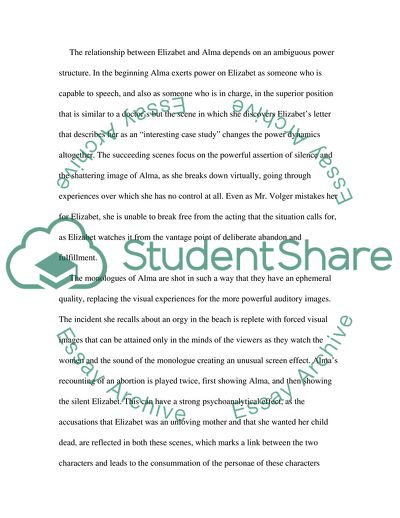Cite this document
(Cultural Significance of Persona, Metropolis and Minority Report Movie Review, n.d.)
Cultural Significance of Persona, Metropolis and Minority Report Movie Review. https://studentshare.org/culture/1707753-film1persona1966-2replace-film-shown-with-film-of-my-choice-3charectoristics-of-romanticism-and-authors-ect
Cultural Significance of Persona, Metropolis and Minority Report Movie Review. https://studentshare.org/culture/1707753-film1persona1966-2replace-film-shown-with-film-of-my-choice-3charectoristics-of-romanticism-and-authors-ect
(Cultural Significance of Persona, Metropolis and Minority Report Movie Review)
Cultural Significance of Persona, Metropolis and Minority Report Movie Review. https://studentshare.org/culture/1707753-film1persona1966-2replace-film-shown-with-film-of-my-choice-3charectoristics-of-romanticism-and-authors-ect.
Cultural Significance of Persona, Metropolis and Minority Report Movie Review. https://studentshare.org/culture/1707753-film1persona1966-2replace-film-shown-with-film-of-my-choice-3charectoristics-of-romanticism-and-authors-ect.
“Cultural Significance of Persona, Metropolis and Minority Report Movie Review”. https://studentshare.org/culture/1707753-film1persona1966-2replace-film-shown-with-film-of-my-choice-3charectoristics-of-romanticism-and-authors-ect.


